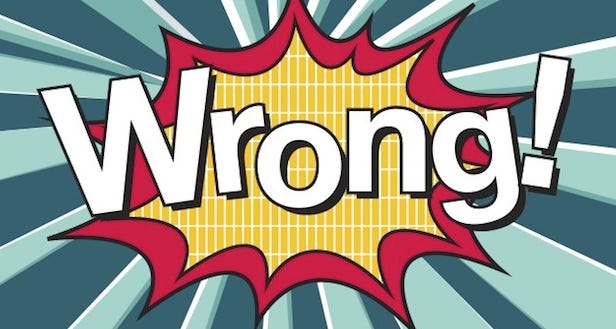In mid to late spring many industry experts, including some very reputable industry publications, were predicting a bubble burst effect in the used car market was soon to come. They were advising dealers to slow down quickly as the price of their aging used inventory was going to drop to a point where major losses were certain. I reached out to a few of those senior publishers with no response. My question was going to be, “What data did they use to formulate that assumption, and what forecasting model were they using?” I was curious if it was simply supply and demand or were other variables in their equation that gave them confidence to make those bold recommendations?
Again, I never heard back from any of them but as a 30 year economist and a 20year automotive veteran my gut told me they were wrong. Yes, working for a company that has the world’s largest wholesale channel, who also owns comprehensive data and insights in the automotive retail market, helped me formulate my conclusion. However, that data and those insights are available to anyone who is willing to dig deep enough.
This was a critical objection I was about to make to my clients against the recommendation of the brightest economist and industry insiders of today. I did not take that lightly. I started researching the past (2009), the current, and the forecasted future of our supply channels in both new and used vehicles. The evidence was overwhelmingly clear to me after taking in many different opinions. My research revealed it would be quite some time before any of the most optimistic supply scenarios could bring us back to a bubble bursting effect. The experts were partially right. We did have a slight stabilization and valuation drop in June and July. However, if you were listening to their doomsday scenarios you probably sold off a lot of your valuable inventory for less than it was worth. A lot less than what it would cost you to acquire when the market turned back up. As I predicted, the market showed it could not handle a valuation downturn for any length of time. We saw a sharp upturn back to valuation increases in August and now are at our highest peak in the last 18 months for used valuations and appreciation.
Back to the the 13 Automotive Groups I consult monthly. In May and early June my recommendation was for them to stay the course. Evidence showed the wholesale market was still a safety net with their oldest inventory and that even with a stabilization and slight valuation drop retail lags by 4 to 6 weeks. That would allow them to continue retailing out of their newest inventory but start to acquire closer to their sales rate with a stronger eye on price to market than in prior months. I also advised them they can expect the prices to start rising again unless there’s an influx of chips that would shock the market. However not to worry as all our OEM’s recent announcements show that would not be the case.
Their results were better than we expected. My groups didn’t freeze up during the stabilization. They used what one COO called “Calculated Courage” through the data and insights and our strategic conversations. They continue acquiring and retailing. Their strategy had to change some of course. We focused on selling their newest inventory on the retail market first knowing even with the valuation drop their aged inventory had profits waiting for them in wholesale. Courage like this can only come with tested data and insights along with frequent touch points from a knowledgeable Industry partner. At their request we moved our calls from monthly to biweekly and continue that frequency today.
The good news here is simple. Of course we can’t predict the type of future instabilities we’ve seen lately. However, regardless of what the market is giving us, you can be prepared to win with the right data and the right partner.
John Ellis




